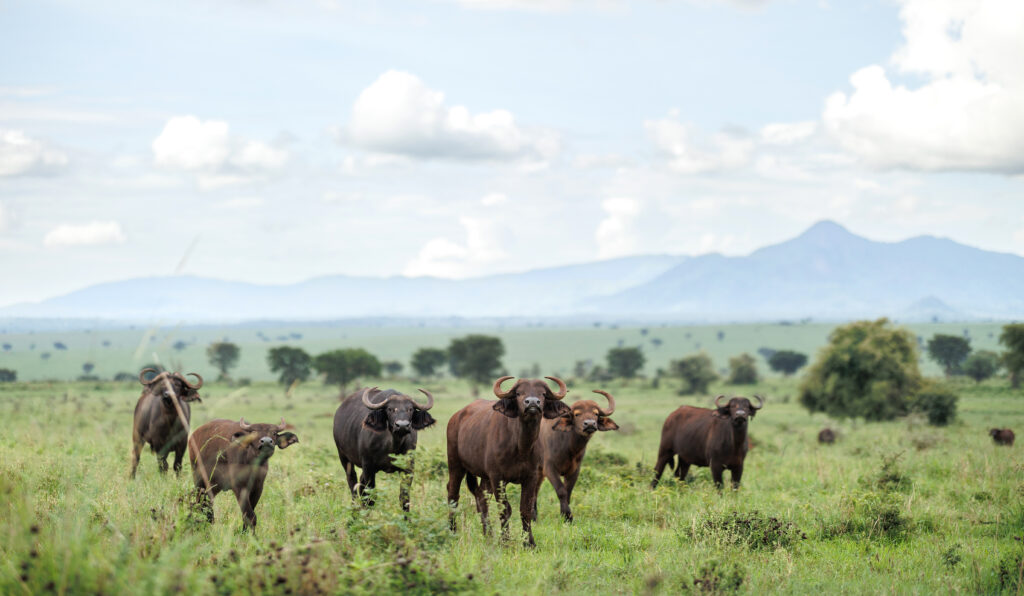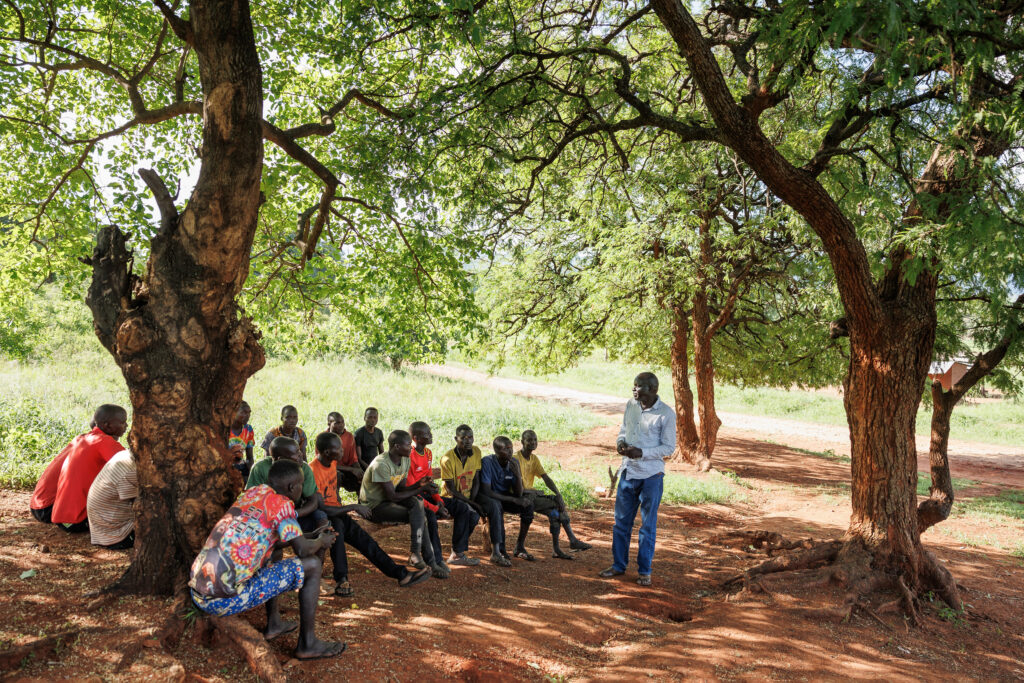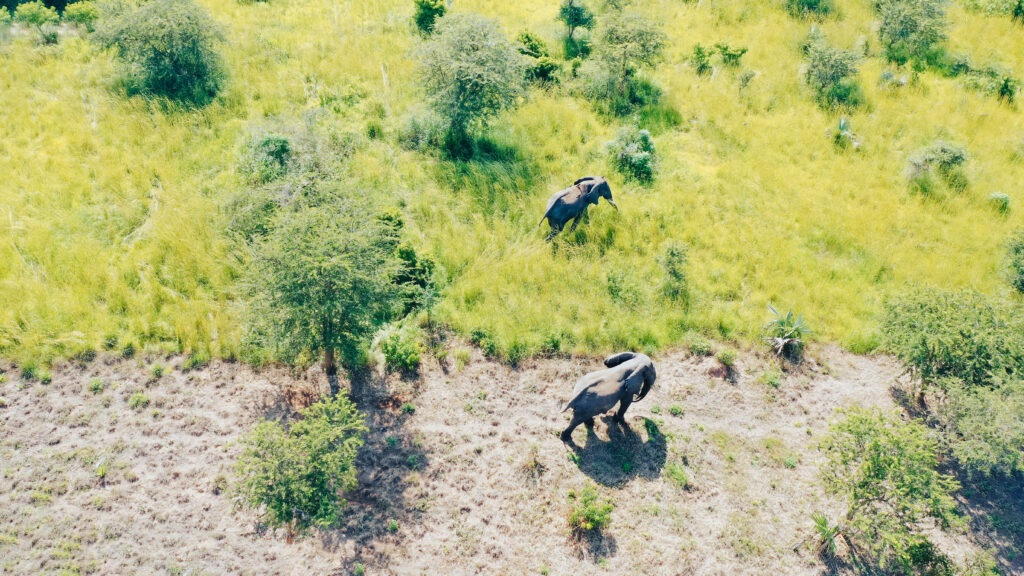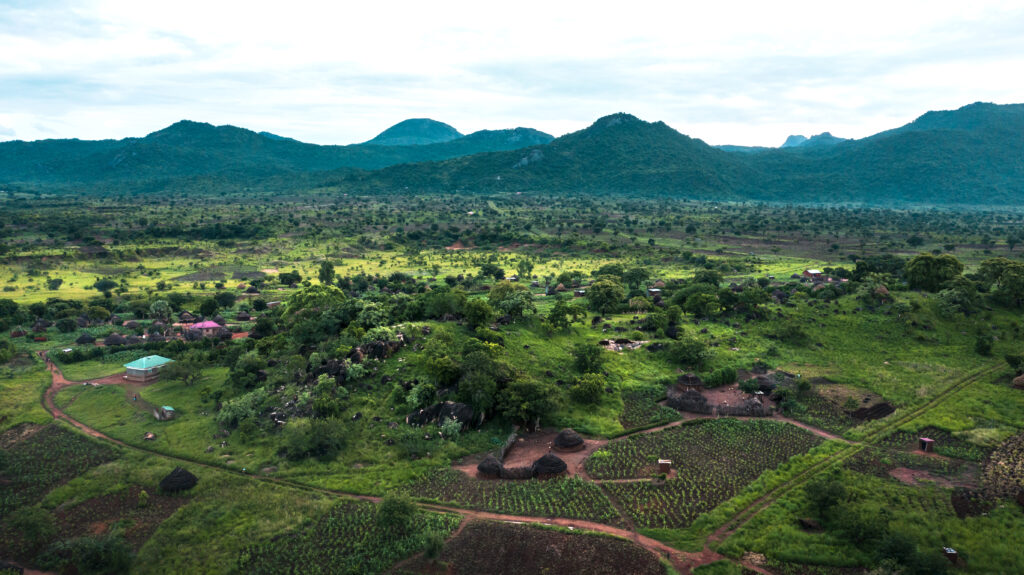Overview
Conservation in Uganda is transforming. At its heart is Umoja Wildlife Conservancies of Uganda, an umbrella organization helping communities and landowners take the lead in protecting the country’s rich biodiversity. Moving away from decades of top-down conservation, Umoja’s model prioritizes local ownership, enabling people who live alongside wildlife to directly manage their land, resolve conflicts, and benefit from nature-based tourism.
A New Path for Conservation in Uganda
A quiet shift is underway in Uganda’s conservation landscape, empowering the communities and landowners who live alongside its diverse wildlife. At the forefront of this movement is Umoja Wildlife Conservancies of Uganda (Umoja), an umbrella organisation dedicated to building a future where biodiversity protection and local prosperity go hand in hand. Uganda is globally recognised among the top 10 countries for animal and plant diversity, home to iconic species such as mountain gorillas, chimpanzees, lions, leopards, elephants, and the elusive shoebill stork.

Buffalos in Kidepo Valley National Park.
Umoja’s core mission is to strengthen communities’ capacity to conserve, manage, and ultimately benefit from wildlife on their land. This model represents a sharp departure from decades of top-down conservation, which historically declared national parks, displaced communities, and restricted access to natural resources. As Dr. Arthur Mugisha, former executive director of the Uganda Wildlife Authority (UWA), observed, “In the beginning, national parks and wildlife reserves—or the management of wildlife—was a preserve of the Uganda government. Communities were spectators at best, and if they did anything, it was considered illegal.”
Even subsequent “community-based conservation” initiatives, which involved external actors engaging communities in project delivery, fell short of truly shifting ownership. Dickon Kaelo of the Kenya Wildlife Conservancies Association highlights that this emerging model finally places decision-making power directly in local hands. This approach fosters stronger ownership, increases tolerance for human-wildlife conflict, and garners greater support for conservation efforts – a movement gaining traction across Africa, with Kenya and Namibia leading with over 200 and 86 registered conservancies respectively.
Few understand this transformative shift better than Walter Odokorwot, Umoja’s founder and CEO. After 25 years with UWA, Odokorwot resigned, frustrated by a system he felt “couldn’t do much” to tackle escalating human-wildlife conflict or address issues like unemployment and poverty around national parks. “One of the biggest challenges of that top-down model was how to get the community to participate in solving some of the conservation problems,” he explained. Attempts to mobilise youth and farmers as community scouts proved unsustainable without deeper structural change. This crucial insight led to Umoja’s formation in 2021. Since then, the number of conservancies has grown significantly, from three to 18.

Walter Odokorwot, the CEO of Umoja, talking to Wildlife Scouts.
Communities have embraced this new vision. Okidi Robert from Layugi Conservancy in Agago district recounted their dilemma: “We did not know what to do with our land because we could not grow crops. Some clan members wanted to sell. But when Umoja brought the conservancy idea, we agreed that it would work in our situation.” Umoja received early backing from the GEF-funded and WWF-managed African Nature-Based Tourism Platform, which provided seed funding and assisted in developing their strategic plan, showing “unwavering belief in our mission,” according to Lokiru Dominic Clinton, Umoja’s board chair.
This new approach holds immense promise for the protection of Uganda’s rich natural heritage and for the empowerment of landowners and local communities who share their land with wildlife. As WWF’s Nikhil Advani, who leads global programmes linking nature-based tourism and climate resilience with community benefits, points out, “For a long time, communities in Uganda have not benefitted from wildlife conservation to the extent they should.” Indeed, tourism is a vital sector for Uganda, directly contributing 3.2% to its GDP, sustaining over 800,000 jobs, and driving nearly a fifth of all national investment.
While the promise of the conservancy model is clear, its success hinges on effectively addressing complex, on-the-ground realities. A primary concern is the conflict that arises where people and wildlife share space, with communities frequently experiencing wildlife damaging crops or threatening lives. In Uganda, over half of the country’s wildlife lives outside protected areas, and these tensions are often exacerbated by histories of exclusion, unequal power dynamics, and differing values. For instance, communities near Murchison Falls and Kidepo Valley national parks in northern Uganda face recurring raids on staple crops like cassava, millet, and rice by elephants. Climate change, leading to droughts in areas like Kidepo, may further intensify these encounters as herds search for water.

Elephants spotted in a cultivated space near Murchison Aswa Falls Conservancy.
Despite these challenges, some conservancies are registering small wins. In the Murchison-Aswa Falls Conservancy, community advocacy, supported by Umoja, successfully halted a government-backed mechanised agriculture project that threatened a crucial wildlife corridor. “This Agricultural Mechanization [project] did not align with the District Physical Plan [and] would interfere with the elephant corridor and the only source of income for the people who own land in this area,” said Godfred Odoki, one of the landowners who is also vice chairperson of the Umoja board.
The framework for these community-led initiatives is strengthened by existing legislation. Uganda’s 1998 Land Act empowers communities to form land associations and set aside land for shared use. Furthermore, the 2019 Wildlife Act grants communities access to vital wildlife-use rights, such as tourism, commercial hunting, and ranching, which are key pillars of the conservancy model and help guard against land grabbing and political interference.
In a positive step, the Ministry of Tourism is currently reviewing its wildlife policy to formally recognise conservancies. As part of this process, Umoja is actively involved in developing a memorandum of understanding to institutionalise its model, ensuring that all future tourism development aligns with conservancy plans.
Implementing these conservancy models varies depending on the local context. For example, Murchison Aswa Falls Conservancy, located near a busy tourism corridor close to Murchison Falls National Park, faces unique challenges. With over 25 lodges operating even before Umoja’s involvement, the organisation is working to align these tourism operators with conservation goals and community benefit-sharing. Land in Murchison is largely individually owned, so Umoja has helped organise landowners into management committees.
In contrast, conservancies in the Kidepo landscape operate on communal land. While displacement and interethnic conflict have left the area ecologically intact, it remains economically marginalised. Residents rely on subsistence farming and livestock, with cattle rustling remaining a threat. For these communities, conservation offers a rare path to income and agency over their land’s management as they establish governance structures, secure land rights, and develop partnerships to benefit from the tourism already active in the region.

Settlement near Wenyweny Conservancy, in the Kidepo landscape.
While national policy continues to evolve, communities are proving their capacity to manage and protect their natural heritage. Umoja, as a young and ambitious organisation, still navigates typical challenges, including limited capacity and funding gaps. However, a recent invitation from the Uganda Wildlife Authority’s executive director to join formal conservation dialogues signals that mainstream actors are beginning to take notice.
Written by Dianne Tipping-Woods
Zimbabwean-born journalist Dianne Tipping-Woods has spent most of her freelance career looking for stories in southern Africa where travel, conservation and development intersect. She is now based in a nature reserve close to the Kruger National Park in South Africa.
Photo credits: Jjumba Martin
October 2025